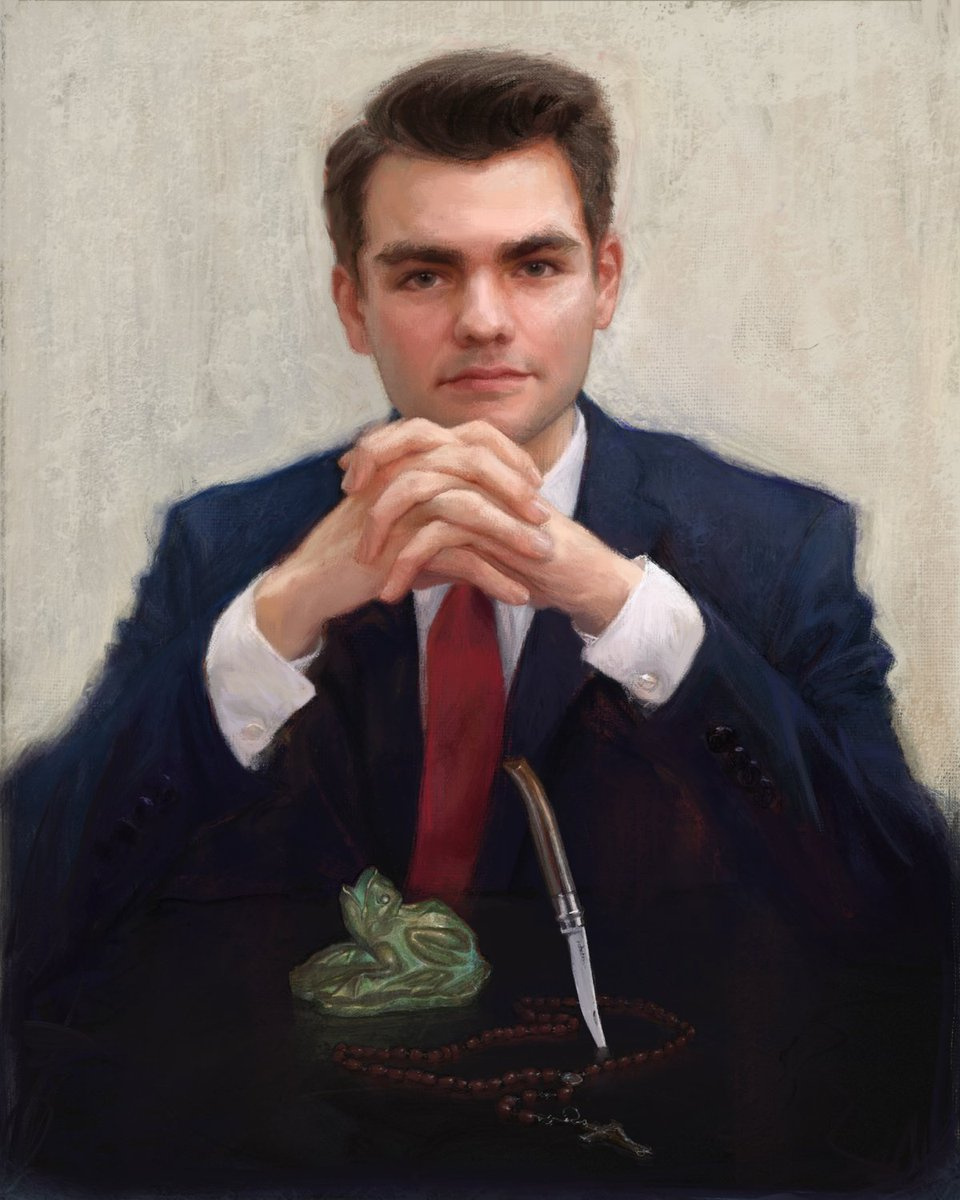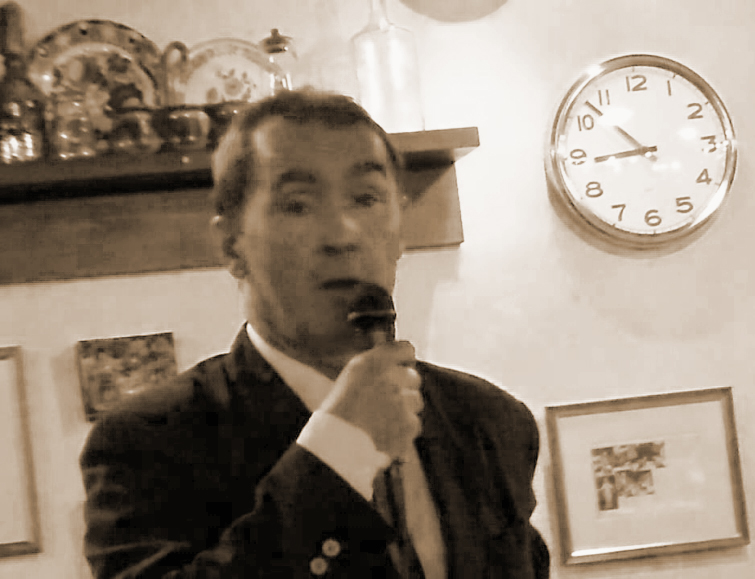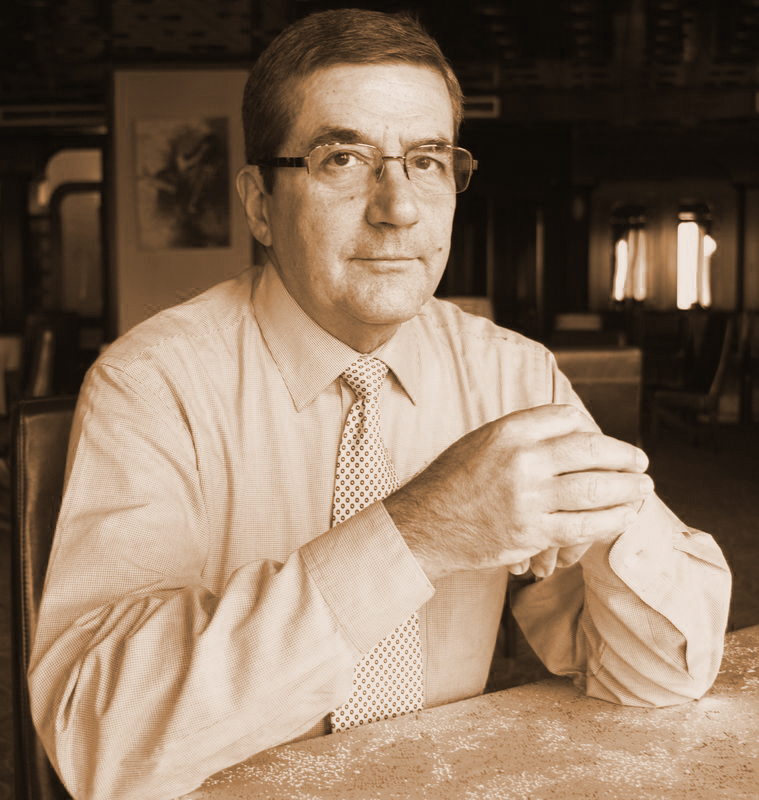Groypers, Spencer and Allied rapists
About the arrest and deportation of Greg Johnson from Norway for pre-crime of a possible thought-crime, isn’t it ironic that Johnson is the one who has written the most against the lone wolves? Will he learn the lesson? It is not enough to comply with the laws of a country: the anti-white System will still get you.
 As axiologically I consider Johnson a pseudoapostate of Christianity (see my previous entry to understand the concept of pseudoapostasy), I prefer an openly Christian activist like Nick Fuentes (sample videos here, here and here).
As axiologically I consider Johnson a pseudoapostate of Christianity (see my previous entry to understand the concept of pseudoapostasy), I prefer an openly Christian activist like Nick Fuentes (sample videos here, here and here).
Fuentes is the leader of the Groyper War that is currently exposing the American cuckservatives. Though I would much prefer something closer to what Hitler did in the 1920s, after Charlottesville the System made it clear that it will not tolerate such events, even if no laws were actually broken. So what we have in regards to tolerated activism is a movement led by Fuentes and three other Catholics: Vincent James, E. Michael Jones and Patrick Casey.
In The Fair Race I said: ‘I’m looking forward to Richard Spencer and James Edwards running for president and vice president in 2024 to let white nationalists know that, legally, they’re not going anywhere (cf. Charlottesville). The time has come to speak about a revolution within the limits allowed by the law of the United States’. But now that Spencer has gotten into trouble we should consider the Groyper movement which has deeper roots in America’s superficial culture than Spencer’s more profound Kultur. As a Counter-Currents columnist recently said, ‘The groyper movement is far more than a Nick Fuentes fan club. It is the primal scream of Deep America, of an American nation which intends to make itself known and rise on the world stage. Fuentes is riding this wave—how far, I cannot tell’.
Before the Spencer scandal (more on it below), the McSpencer Group recently assembled ‘to discuss the recent storming of Charlie Kirk’s “Culture War” tour by members of Groyper Nation. Speaking of the Culture War, the group also takes a deep dive into the history of the “paleoconservatives” and the politics of nostalgia—their triumphs, their limitations, and whether their movement and moniker make any sense in the 21st century’, according to the video’s abstract in YouTube. A commenter replied: ‘Got to give Nick credit. This is the type of IRL [in real life] activity we should be doing rather than street battles with Antifa’. But the Groyper movement has its problems for secularists who comment in Greg Johnson’s webzine, as Hector Quinn said a couple of days ago:
The only problem with this groyper uprising is its attachment to extreme right-wing Christianity. Not only does this alienate it from most people, but it’s also not particularly revolutionary. Their questions about gays and “Christian morality” are really just a throwback to the George W era. It’s not interesting and already has a place within mainstream conservatism. The pressing and truly vanguard issues that they should be focused on are those of race and Israel.
I disagree. It doesn’t matter that Groypers are stagnated in levels 3 and 4 in Mauricio’s metric. Compared to those racialists who use the Newspeak term ‘gay’ I am on their side, as can be deduced from what I said about sex in my article on pseudoapostates. Groypers are absolutely right that what the white man needs is a return to morals. Secular nationalists, on the other hand, seem to ignore the information from The Fair Race and other sources: the Spartans, the men in Republican Rome and even German invaders during Christian takeover of Imperial Rome were Puritans: the rock upon which a culture can be built.
Let’s go berserk!
Richard Spencer for one is a non-Christian. Regarding the audio about Spencer’s visceral reaction, immediately after the Charlottesville event, I remember seeing and hearing, if not that same audio (with an accompanying video), a very similar one in which Spencer, inside a moving car in the streets of Charlottesville, ranted against the vile ambush by the System.
When I saw that video in August 2017, I felt vindicated: finally someone speaks as violently I speak! But two years later, when the audio became public, Alt-Lighters see things exactly the other way. They talk about a ‘temper tantrum’ or a ‘meltdown’ of Spencer as if his super-healthy, super-cathartic explosion was something negative. How is it possible for normies to see things in photographic negative: white is seen as black and black is white; dark gray is seen as light gray and vice versa? If something ought to be considered positive it is precisely Spencer’s slurs about Jews and blacks in expletive-laden rants, even though for normies’ ears it sounds like the most poisonous kind of white supremacism! Only in a world where Aryan values have been 180° inverted, courtesy of Xtian ethics, could Spencer’s fury be considered mad.
One thing is clear: due to my apparently ugly self (‘ugly’ only for neochristian eyes) I find talking to myself on this site, where I now only post once a week. If this site were popular, many racially aware whites would already know the history of the Berserkers, included in one of the PDF chapters of the sticky post that appears above this article. The Berserkers story is fundamental: it shows that the blond beast must suffer, occasionally, outbursts of holy rage as the Vikings did during their war cries.
 But for the castrated white after WW2, and this includes every notable figure in racialism except exterminationists like Linder, that is considered insane. When we talk about transvaluing Christian values to pre-Christian times we mean precisely to recover our warrior manhood, including the ultra-violent cries of war, as part of the psychogenic price we must pay to re-conquer the West. Alas, the average Alt-Lighter is closer to the ultra-pacifist Johnson than to the Viking of yesteryear…
But for the castrated white after WW2, and this includes every notable figure in racialism except exterminationists like Linder, that is considered insane. When we talk about transvaluing Christian values to pre-Christian times we mean precisely to recover our warrior manhood, including the ultra-violent cries of war, as part of the psychogenic price we must pay to re-conquer the West. Alas, the average Alt-Lighter is closer to the ultra-pacifist Johnson than to the Viking of yesteryear…
Christian apologetics
A piece of older news is that Weev of The Daily Stormer was finally discredited in the movement. Good news, as a Jew would never have been accepted as a contributor in the Nazi tabloid Der Stürmer, times when whites had not castrated themselves.
Originally some people thought that The Daily Stormer would be the webzine for adolescent Berserkers but they could not be more wrong. If that were the case, once the legal age was reached, DS readers would graduate from websites like The West’s Darkest Hour or from those that guard William Pierce’s old essays and speeches. But they stay at the Anglin playground. As far as Andrew Anglin is concerned, more serious than the fact that he had collaborated with a Jew is the POV from which he starts: ‘We cannot let anyone influence our agenda, which must remain what it always was: Pro-White, Pro-Christian… Pro-American’.
Not let anyone influence you? This is also the problem among Groypers and American conservatives in general. What about the historical facts about the origins of Christianity, for the first time systematically exposed on a racist site (this one)? Pro American? Apparently, it doesn’t occur to American conservatives that their Philo-Semitic, Mammon-worshiper country is a major factor in white decline. The only way to fix the problem is to understand the fact that your race is your nation, which means accepting all Aryan history as the story of your true nation (once more, cf. Pierce’s historical essay in The Fair Race).
Recently, like Anglin and the Groypers, Hunter Wallace has been writing apologetics (‘It is a mistake to conflate our particular lifetimes with Christianity. Before the Second World War and the television era, there was no such thing as a social stigma on racism’). Wallace and the southern nationalists of his webzine do not seem to have listened recently to Alex Linder, or the argument which compares Christianity to cancer. Cancer, too, doesn’t necessarily kill immediately. You can have cancer for years until it suddenly metastasises and kills you (cf. Part II of The Fair Race).
These days, for example, I have been watching some of my favourite scenes from the 1959 Ben-Hur movie, based on a novel that was a tremendous bestseller at a time when there was still no television. I am surprised how, even in those times, the Yankees (the novel was written by a Yankee) idealised the Jewish quarter at the expense of Aryan Rome. When the movie was released I was one year old. With a few more decades, the comparatively small cancer that represented the values of that novel and film—the values of the American culture!—would metastasise at runaway philo-Semitic levels, and the anti-Roman values so to speak, of today (cf. the essay of Judea against Rome, also referred to in the sticky post).
Objections aside, I am glad that some American nationalists seem to be awakening on a substantial scale. But something infinitely more challenging that Groypers could be asking to cuckservatives are questions about the lies about the Second World War (‘You call me a holocaust denier but the real Holocaust deniers are you: Why hasn’t the Republican Party said a peep about the genocide of millions of Germans from 1945 to 1947?’).
In stark contrast to the above American news, I would like to change the mood to my usual gravitas and cite some pages of Tom Goodrich’s book on the Americans’ rape of European women:
______ 卐 ______
September 2024 Note:
I removed the following quote because I will be incorporating it into the Summer 1945 series.






